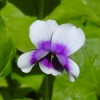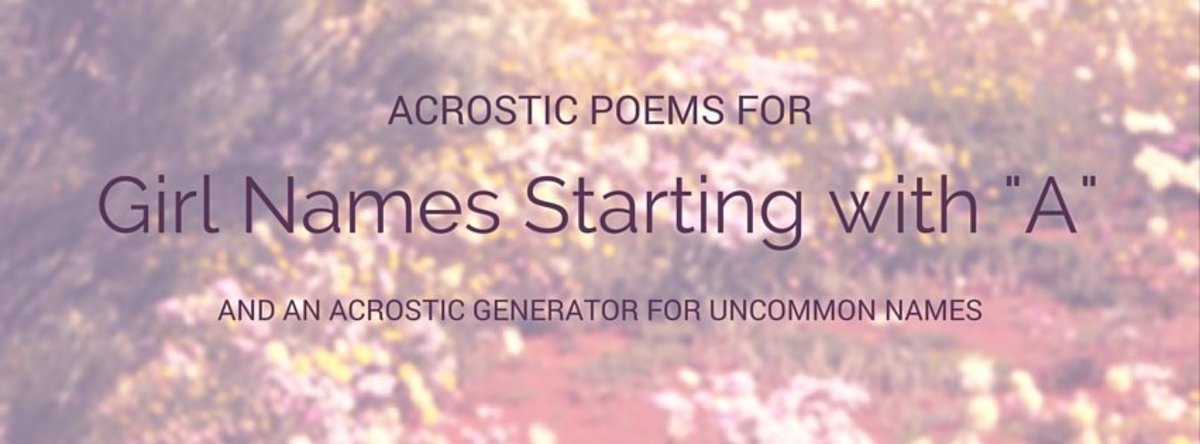Amanda Dalton's "How To Disappear", a poetry book review.
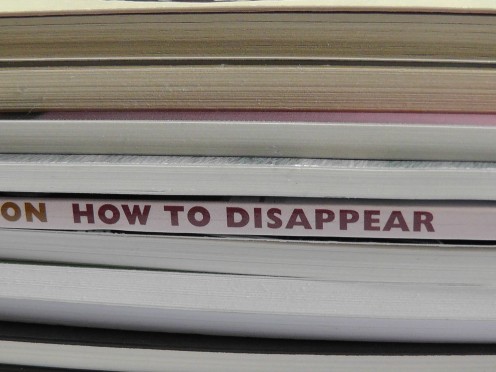
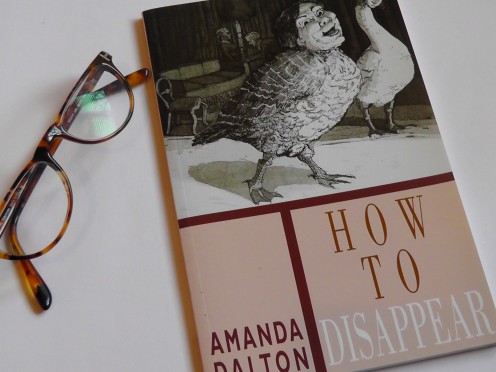
I can't say I like the cover of this book much, the illustration nor the layout, but let's not judge the book itself by this.
This was Amanda Dalton's first solo book collection, but her work had already appeared in pamphlets and many journals. She had won awards too, including doing well in Britain's prestigious National Poetry Competition more than once.
The book is broken into three sections, Breathing Spaces, Room of Leaves and True Stories.
Out of the Blue
There's a dreamlike quality about the poem Out of the Blue, from the first section, Breathing Spaces. Can we be sure whether the images are imagined or experienced? Or experienced as distortions of reality? Eventually it's clear that we are looking at one of the most surreal of real things that can ever happen to us - a serious car accident. The poem hints at injury, and regret, without quite ever describing blood or bodies. The images are transposed into cleaner, symbolic happenings - like the collapse of a puppet after the cutting of its strings, as the author struggles to cut him free, from "wires so hopelessly crossed".
The Antrim Coast, Northern Ireland
On the Antrim Coast
This poem, about a stranded whale, is written in language that is deceptively simple, for what it achieves. From early on in the poem, it is filled with unspoken mourning; that real regret that we feel when something that is purely sad happens. Such things seem so poignant if at the same time they are a window onto the natural world. It's as if a corner of nature itself is stranded on the beach.
There's a phrase that shows particular respect for this tragedy in the coastal community Dalton is describing: "No one swam next day." And then as the whale has died, there's the shock of the dismemberment of the whale's body starting. We feel the distress of the children who are watching, having been fascinated just previously by the barnacles on the skin of the enormous sea creature. True to the power of Dalton's understated language, "A seagull yelled" but she describes no human utterance. This poem could be a study of how to execute the advice often given to writers: show the emotion of a particular scene, don't tell.
More Breathing Spaces
There's loss, and fear, through the poems in this first section, but they are not heavy in their language or outlook. Other titles are Cut Off, The Search, and Oil Scare. The poems are not about darkness as such, but more of a floating, surreal, lightness. In this way, they feel like they are tackling grief, and sadness, and loss, from experience, rather than from what literature sometimes presumes our characters' or narrators' reactions to horrific things should be. It's almost the opposite from how Poe would tackle these subjects. There's no Raven - if a bird would were to represent the tone of the poems in this first (and the second section to follow), I imagine it would more likely be a white, hovering, grieving, off-course dove.
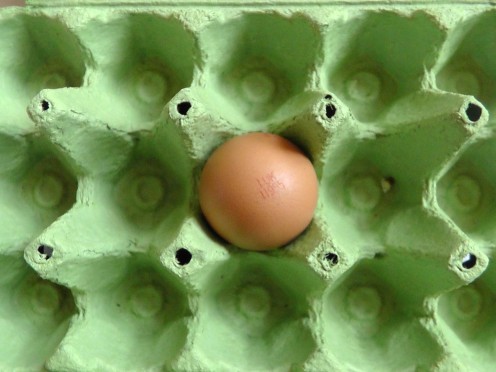
Gracie, Frank, and Room of Leaves
In the second section of the book, Room of Leaves, it's a delight to find that a discovery of love, as it can in life, breaks the sadness:
"to dance with a pillow in my arms,
to just begin to realise
how unhappy I have been."
(from First Romance, 1959).
But there's a fragility to this new happiness, as if "Gracie", the character in this set of poems seems somehow doomed to be constantly aware of a vulnerability even when things are going well. The image of a broken egg starts with the poem simply called Egg, and is reprieved in the poem Church: November 1960, which describes an uneasy atmosphere during the drive to church for the wedding. "I broke an egg today", is an interjected line that makes us feel this vulnerability. At the end of the drive to church that should end in marriage, we never meet the groom, Frank. He isn't even mentioned.
The next poem, Nest, confirms our worst fears:
"My nest will be of dead and aching things,
lined with my wedding dress" ...
... "I'm setting up home without you"
There's an organicness - through eggs and leaves in particular - all through the remainder of Gracie's life, right through to her very demise in the poem Frank's Retirement:
"Jilted Woman, 70, Found Dead in Nest of Leaves".
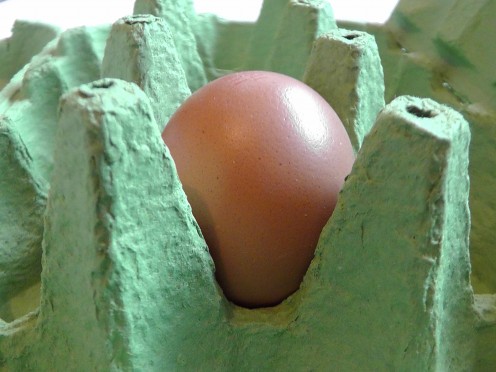
True Stories
In the third section, True Stories, the change in style is so pronounced, that if we ever wondered if Gracie was something of the poet herself, we're now aware that we're in the hands of a flexible writer who can pick her voices. Gracie would be dizzy at the rigour and pace of some of the poems in this distinct section. There's still loss, death and discomfort here, alluded to through the murdered kittens in True Story, and "the stale smell of forgotten things" in Lost Property. But its style is comparatively abrupt in places. Having read quickly through the section once or twice, I found myself resisting getting into it, because I was still revelling in the dream-like qualities of the previous section. I couldn't get Gracie's image out of my head. So I put it aside and came back again to read it for its own merits.
On returning to the book, I found I engaged with these poems more, as I hoped I would. There were individual poems that I really quite liked - for instance On the Phone, about a nervous woman's negotiation of a flight of stairs. And I admired certain approaches Dalton employed, like the use of decidedly unshiny gifts (a tripe dinner, old hardback books) through which she builds up a picture of a dysfunctional relationship in the poem The Gifts.
I think that the previous sections had their own flow, whereas these poems need to be read as individual "True Stories". However, the final poem is the title poem, and it takes us back to the ethereal quality I had begun to enjoy so much with Dalton's work.
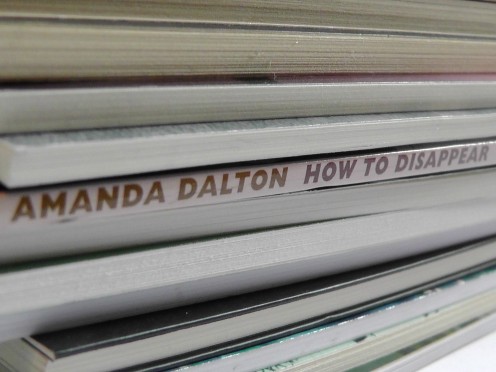
How to Disappear
Stepping back into the atmosphere that was created by the first two sections of the book, the final page is Dalton's title poem, How to Disappear. It's moving, and quite instructional if you really do want to live an under-the-radar life. The poet encourages us to consider childhood games as we imagine how we are going to disappear; to practise the hiding games that as children we might play every day, but that seem sad and even tragic for an adult who wants to fade away. The poem ends with the image of walking into light (or at least "white"), "until you know that you're no longer / anywhere". But despite the sadness, it is difficult to see this "sudden white-out" as an image without redemption and the promise of solace.
Apart from the fact that this last poem carries through the overall title, it seems a fitting end for the whole book in subject matter too. There is a lightness of touch about much of this entire work. Bad and sad things occur, and difficult mental states are conjured, but there's a wistfulness and an acceptance, or perhaps a better word is resignedness, about what happens and how it can be expressed. At the end of How to Disappear, and at the end of all, whatever our beliefs, a fade to white will meet us all. It's these more ethereal poems that to me are more successful and make me curious to read Amanda Dalton's work more.
Amanda Dalton's "How to Disappear"
Difficulty of Language
| Difficulty of Concepts
| Who Will Like This Book?
|
|---|---|---|
Clear, straightforward language. I never had to get a dictionary out!
| The concepts come over quite naturally, you don't have to work hard at them so much as let them happen. But a re-reading or two on some of the poems helps the concepts to come across.
| If you like ethereal poetry, I would not be put off by the parts of this book that are less so. The ethereal poems have a rare success because they still manage to seem real or somehow grounded, often by nature.
|
